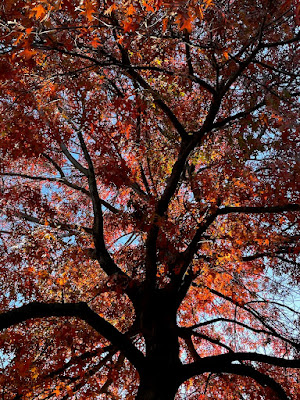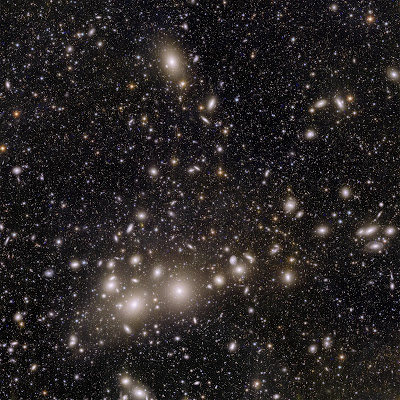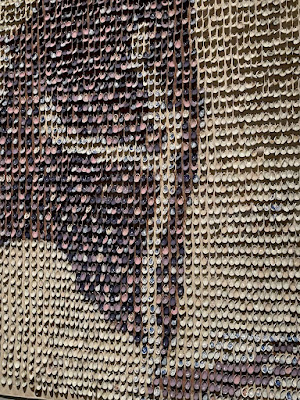I thought the story of the day was going to be that the school paper just published an article about the courtyard trees "T
he Courtyard Trees are Dying. Has Anyone Noticed" but much more happened today. A student who happened to be sitting in the cafe by the courtyard wrote me an urgent email at 9:30: "They are taking down the trees in the courtyard!!!" Three of the most precarious of the dead trees along the western wall were pulled out, cut up and spirited away. I arrived on campus an hour later, in time to nab some of the last pieces; some students had expressed the hope they might use the wood.
.jpeg)
In our classroom we spent some time with these three trunk sections and one upper branch, some students cradling or stroking them, others closely inspecting the history etched on and - because these trees had died - beneath the surface of the bark. The heartwood of one was still pink. There's been altogether too much death in the courtyard, one student said, and we learned that many birds have been crashing into the windows and dying, their broken bodies discreetly buried by students in a corner of the courtyard. Then a tiny spider emerged from a hole in one of the branches and it was clear we should head down to the courtyard.

We didn't go down with any plan in mind, but something happened. The removed trees had been so successfully spirited away that you hardly saw the holes. Only one left a visible scar, with bits of torn root showing. Students knelt down to put their hands in the soil. All three of the trees had already parted ways with their roots. Then someone, noticing the pretty lozenge-shaped leaves fallen from the ash next door, placed some leaves in a ring around one of the holes, and the others swiftly followed. Eventually the centers were covered too.
Then the leaf nimbus of the largest - the one with the exposed roots - began to flare out like a smiley sun, and then these became roots which meandered in all directions, connecting to all the other trees in the bed, absent and present, living and dead. By this time all of us were busily at work, our conversation having subsided into a rich, concentrated silence, students wordlessly coordinating their gathering and placing of leaves. Eventually one student thought the trees in our bed wanted connecting to those across a walkway and a leafy bridge flowed over to embrace the bases of several other trees.

When someone suddenly came up the ramp with a pull-cart, we thought the leaf bridge would be scattered but it was fine. But our relief was short-lived. Leaves had been falling with increasing frequency, feeling like a blessing of our blessing, but then one of the wind gusts that had been sending the leaves our way swept through the floor of the courtyard forest. One student said she'd been pained at the thought that our handiwork wouldn't last, but had assumed this would be because of things humans did, not the wind!
In fact the scattering of the leaves seemed a contribution of its own to our gesture of marking the passing of trees. Soon we scattered too - students had other classes to get to - but some of us tried to capture our skeins of sorrow from various angles before the wind rendered them unrecognizable. I found you could see them, like lines of flame tracing the living links of trees, from my office window, 4 floors up.

All told, it was kind of magical. Unplanned, organic, a celebration of community and care, a rendering visible of the preciousness of connection. Like the pattern for a dance, I offered to a student, a dancer, who replied: "it already is a dance." Another student later told me he was impressed "we all knew what we had to do" but I wonder if it wasn't something more spontaneous, more open to the spirit of the place and the moment - and the trees. We knew we should do something, but didn't know, before we went down, what. It was the ash leaves that set our shared concern and creativity alight.
Next time - other trees will certainly be taken down - we hope we'll be able to be part of it again. Perhaps the leaves that time will be the red leaves of the living members of this maple community, or some other inspiration will guide us. And we'll invite other members of the community of the courtyard, other students whose learning the trees have been witness to, perhaps even the birds.
Some of these images were taken by students, as was the video.










































.jpeg)




